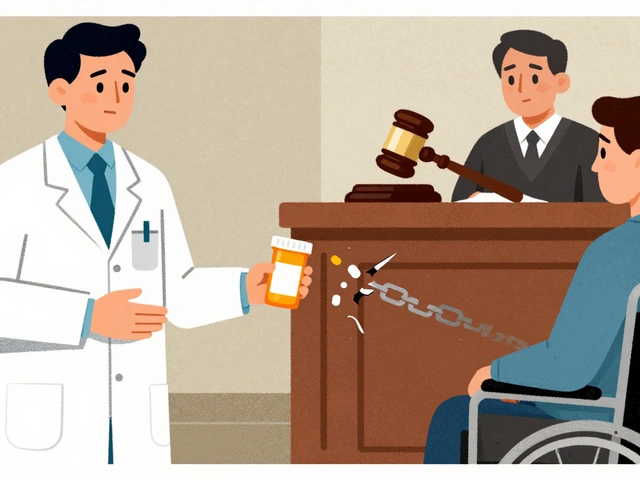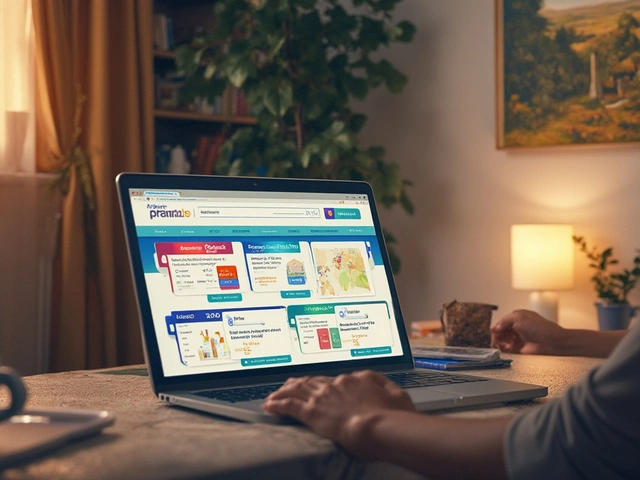HIV treatment: what to expect and how to stay healthy
HIV care has changed a lot. With modern antiretroviral therapy (ART), people living with HIV can live long, healthy lives and—when their viral load is undetectable—won't transmit the virus to partners. If you or someone you care for is facing HIV, this quick guide gives hands-on steps: start treatment, keep track of tests, manage side effects, and find safe places to get meds.
Choosing and starting ART
If you test positive, most doctors recommend starting ART as soon as possible. Typical first-line regimens combine two nucleoside reverse transcriptase inhibitors (NRTIs) like tenofovir (TDF or TAF) plus emtricitabine (or lamivudine) with an integrase inhibitor such as dolutegravir or bictegravir. Why these? They work well, are often once-daily, and have fewer drug interactions.
Before starting, clinicians usually run baseline tests: viral load, CD4 count, kidney and liver labs, and a resistance test (genotype). Resistance testing helps pick the best drugs up front. If cost or access is an issue, generic versions are available for many drugs—talk with your clinician or pharmacist about options that fit your budget and health needs.
Staying on track: monitoring, side effects, and safety
How will you know treatment is working? Viral load checks are the main measure. Expect tests every 1–3 months after starting until your viral load is undetectable, then usually every 3–6 months. CD4 counts matter at first and if they’re low, your provider may watch them more closely.
Side effects can happen. Early nausea, headache, or sleep changes are common and often fade. Some drugs may affect kidneys or bone density (watch with tenofovir disoproxil fumarate), and integrase inhibitors have been linked to weight change in some people. Report new symptoms early—there are usually simple switches or supportive measures.
Adherence matters more than you might think. Missing doses can let the virus rebound and drive resistance. Practical tricks: set alarms, use pill boxes, sync refills with a single pharmacy, and tie meds to daily routines like brushing teeth. If you struggle with costs, ask about patient assistance programs or generics.
Prevention and short-term options: If you’ve had a recent high-risk exposure, PEP (post-exposure prophylaxis) is available and most effective when started within 72 hours—treatment runs for 28 days. For ongoing prevention, PrEP (pre-exposure prophylaxis) such as daily tenofovir/emtricitabine or newer options can reduce your risk dramatically—talk with a provider to see if it fits you.
Buying meds online? Use licensed pharmacies that require a prescription, check credentials, and avoid sites selling prescription drugs without prescriptions. Always keep your clinic in the loop if you use mail-order services so labs and follow-ups stay on schedule.
Got questions about switching drugs, pregnancy, travel, or drug interactions (for example with TB meds or some statins)? Bring them to your HIV care team. Good communication with your provider and consistent treatment are the real keys to staying healthy with HIV.

Explore how emtricitabine, a key medication for HIV treatment, impacts mental health. Learn how to navigate the journey of living with HIV while maintaining a healthy mind. Discover practical tips for coping and thriving, despite the challenges. Delve into the connection between HIV medications and mental well-being. Empower yourself with knowledge to support your mental health journey.
Continue Reading





